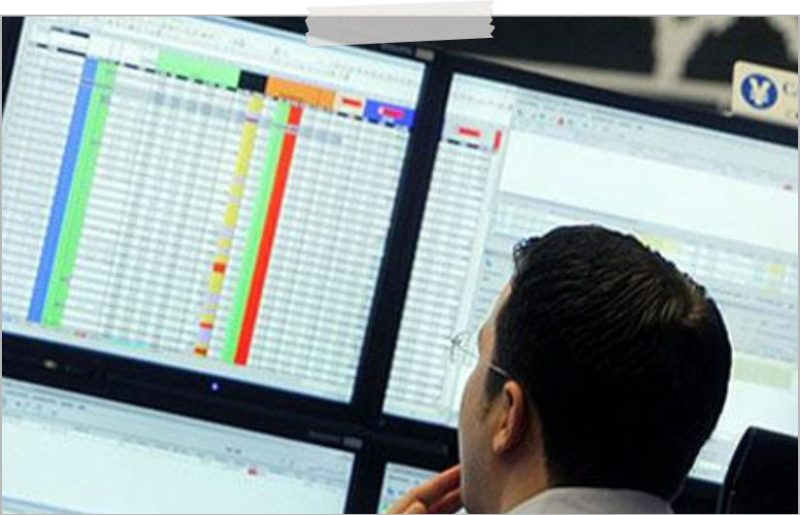by Denise Chisholm, Director of Quantitative Market Strategy, Fidelity Investments
Recently, we got an upside surprise in the data: April personal income rose more than expected, and even more on an inflation adjusted basis. While the impact of tariffs hasn’t fully made its way into the numbers yet, the starting point matters. The shape the consumer is in when a shock hits, goes a long way in determining how much it stings. And this time, the setup looks very different than 2022. Back then, real income growth was deteriorating, and the consumer was already on the back foot. Today, it’s the opposite: income growth is accelerating.

Historically, the rate of change in real income growth is a powerful predictor of future earnings growth. The bigger the inflection, the higher the odds earnings growth will be positive over the next year. Tariffs might be a headwind, but this kind of income growth is a legit tailwind. And if we’re playing the odds, they’ve gotten better.

That’s yet another datapoint suggesting earnings might not be so bad. How about valuations? There’s the usual approach – estimate earnings, apply a multiple and get a price – but I take a different one. Not because the framework is wrong, but because it often leads to conclusions that sound irrational – even when they’re grounded in history. Here’s what I mean: the range of multiples for a given level of earnings growth is incredibly wide. And – here’s the kicker - the worse growth is, the higher the multiple has been. You can build a perfectly data-based model that says if earnings fall 20%, you should pay 30x for it. Doesn’t make sense, but the data doesn’t lie. If you dig a little deeper, you’ll find valuation isn’t just about growth, it’s about profitability. And today’s companies are significantly more profitable than they were 20-25 years ago.

If you apply valuation levels from the higher end of the historical range (say, the 75th percentile), you can get higher target prices for today’s S&P 500 even with a 10% drop in earnings. That’s not wishful thinking, that’s what the numbers say. So, I’m not ignoring valuations, but they don’t always make sense in real time. The market tends to price in the future faster than we can explain it. Sometimes that looks irrational in the moment. But for markets, the setup and probabilities often matter most. And right now, the setup looks surprisingly resilient.

This information is provided for educational purposes only and is not a recommendation or an offer or solicitation to buy or sell any security or for any investment advisory service. The views expressed are as of the date indicated, based on the information available at that time, and may change based on market or other conditions. Opinions discussed are those of the individual contributor, are subject to change, and do not necessarily represent the views of Fidelity. Fidelity does not assume any duty to update any of the information.
Copyright © Fidelity Investments















